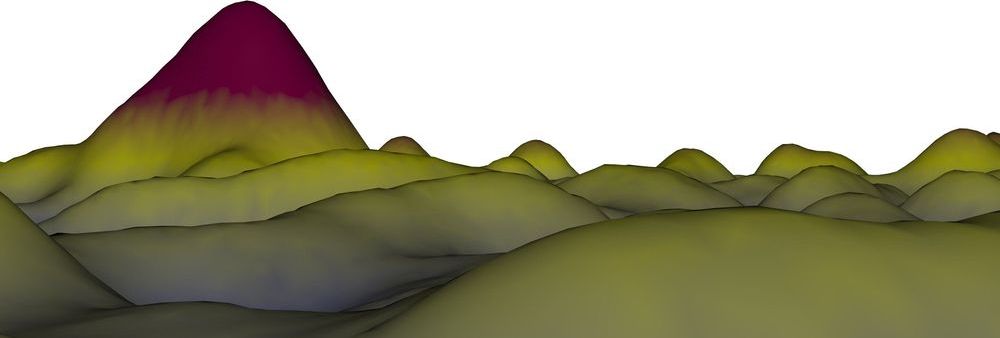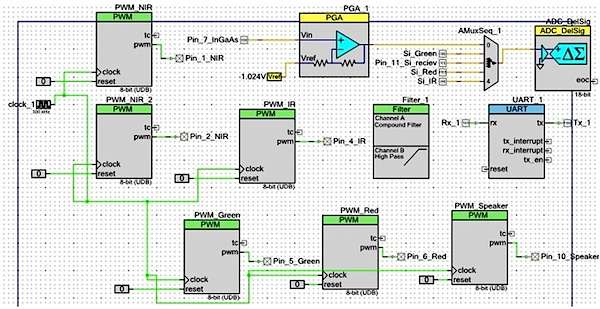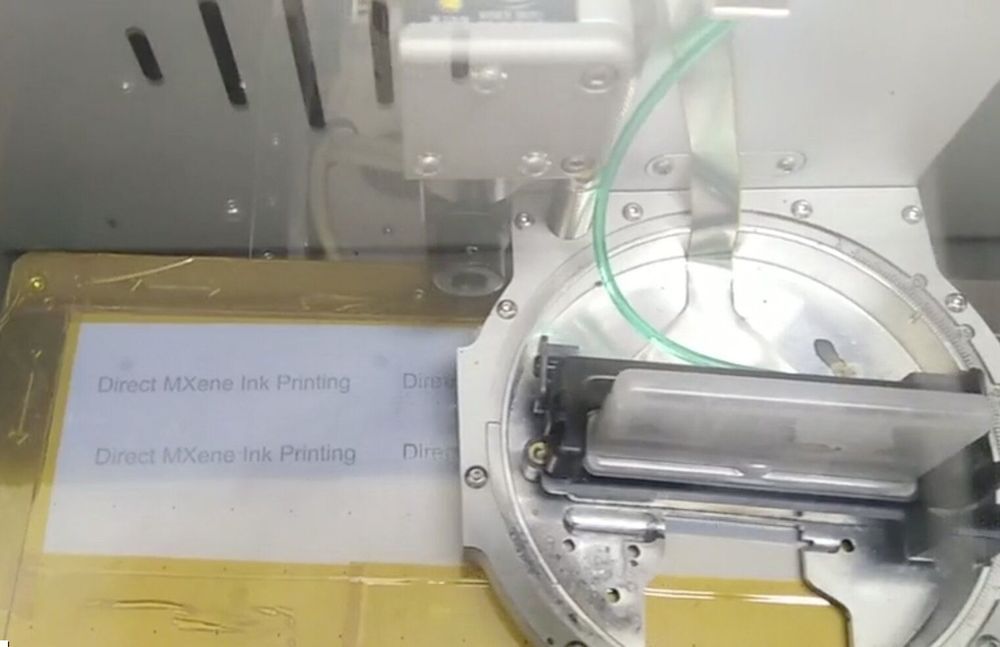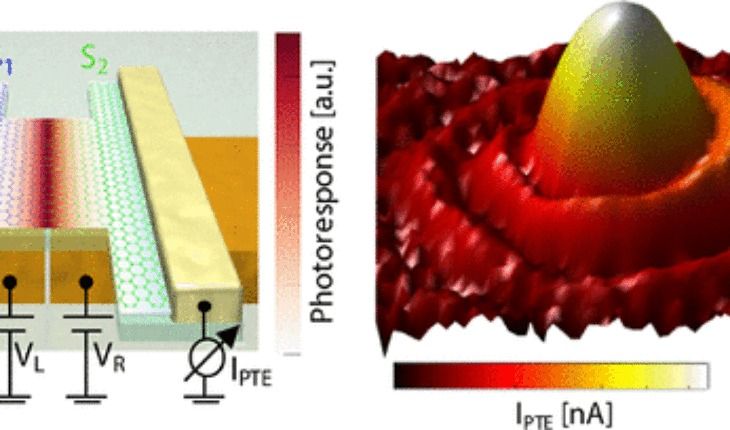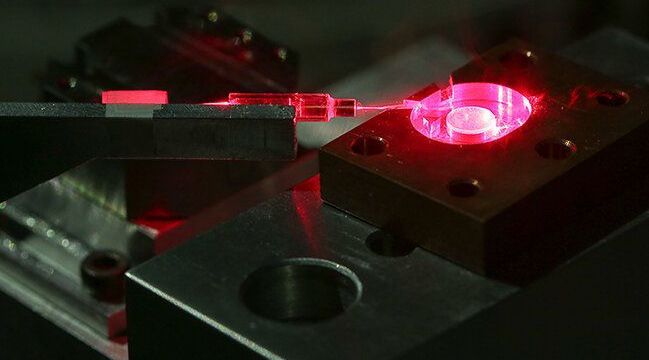Page 8139
Apr 18, 2019
Planck reveals link between active galaxies and their dark matter environment
Posted by Quinn Sena in categories: cosmology, evolution
Scientists have used the tiny distortions imprinted on the cosmic microwave background by the gravity of matter throughout the universe, recorded by ESA’s Planck satellite, to uncover the connection between the luminosity of quasars – the bright cores of active galaxies – and the mass of the much larger ‘halos’ of dark matter in which they sit. The result is an important confirmation for our understanding of how galaxies evolve across cosmic history.
Most galaxies in the universe are known to host supermassive black holes, with masses of millions to billions of times the Sun’s mass, at their cores. The majority of these cosmic monsters are ‘dormant’, with little or no activity going on near them, but about one percent are classified as ‘active’, accreting matter from their surroundings at very intense rates. This accretion process causes material in the black hole’s vicinity to shine brightly across the electromagnetic spectrum, making these active galaxies, or quasars, some of the brightest sources in the cosmos.
While it is still unclear what activates these black holes, switching on and off their phase of intense accretion, it is likely that quasars play an important role in regulating the evolution of galaxies across cosmic history. For this reason, it is crucial to understand the relationship between quasars, their host galaxies, and their environment on even larger scales.
Continue reading “Planck reveals link between active galaxies and their dark matter environment” »
Apr 18, 2019
This Wearable Prototype Can See Through Skin To Scan Your Blood
Posted by Quinn Sena in categories: biotech/medical, information science, wearables
Circa 2015
Echo Labs uses light and a clever algorithm to measure oxygen and CO2 in the blood stream.
Apr 18, 2019
LG G8 ThinQ Review: Flash-Bang, Scan Your Blood
Posted by Quinn Sena in category: biotech/medical
Apr 18, 2019
Non-invasive blood glucose monitoring using near-infrared spectroscopy
Posted by Quinn Sena in category: biotech/medical
Diabetics can say goodbye to the finger-prick if we design non-invasive glucometers as described here!
Apr 18, 2019
How This New Refrigerator Could Help Prevent the World From Getting Warmer
Posted by Quinn Sena in category: futurism
Apr 18, 2019
Boosting muscle stem cells to treat muscular dystrophy and aging muscles
Posted by Quinn Sena in categories: biotech/medical, life extension
Lying within our muscles are stem cells, invisible engines that drive the tissue’s growth and repair. Understanding the signal(s) that direct muscle stem cells to spring into action could uncover new ways to promote muscle growth. However, these mechanisms are poorly understood.
Now, scientists from Sanford Burnham Prebys have uncovered a molecular signaling pathway involving Stat3 and Fam3a proteins that regulates how muscle stem cells decide whether to self-renew or differentiate—an insight that could lead to muscle-boosting therapeutics for muscular dystrophies or age-related muscle decline. The study was published in Nature Communications.
“Muscle stem cells can ‘burn out’ trying to regenerate tissue during the natural aging process or due to chronic muscle disease,” says Alessandra Sacco, Ph.D., senior author of the paper and associate professor in the Development, Aging and Regeneration Program at Sanford Burnham Prebys. “We believe we have found promising drug targets that direct muscle stem cells to ‘make the right decision’ and stimulate muscle repair, potentially helping muscle tissue regeneration and maintaining tissue function in chronic conditions such as muscular dystrophy and aging.”
Continue reading “Boosting muscle stem cells to treat muscular dystrophy and aging muscles” »
Apr 18, 2019
Need more energy storage? Just hit ‘print’
Posted by Quinn Sena in categories: energy, nanotechnology, transportation
Researchers from Drexel University and Trinity College in Ireland, have created ink for an inkjet printer from a highly conductive type of two-dimensional material called MXene. Recent findings, published in Nature Communications, suggest that the ink can be used to print flexible energy storage components, such as supercapacitors, in any size or shape.
Conductive inks have been around for nearly a decade and they represent a multi-hundred million-dollar market that is expected to grow rapidly into the next decade. It’s already being used to make the radiofrequency identification tags used in highway toll transponders, circuit boards in portable electronics and it lines car windows as embedded radio antennas and to aid defrosting. But for the technology to see broader use, conductive inks need to become more conductive and more easily applied to a range of surfaces.
Yury Gogotsi, Ph.D., Distinguished University and Bach professor in Drexel’s College of Engineering, Department of Materials Science and Engineering, who studies the applications of new materials in technology, suggests that the ink created in Drexel’s Nanomaterials Institute is a significant advancement on both of these fronts.
Continue reading “Need more energy storage? Just hit ‘print’” »
Apr 18, 2019
Graphene Terahertz Cameras Could Become Common
Posted by Quinn Sena in categories: internet, mobile phones, security
EU researchers have developed a graphene-enabled detector for terahertz light that is faster and more sensitive than existing room-temperature technologies. This can lead to a fully digital low-cost terahertz camera system. This could be as cheap as the camera inside the smartphone, since such a detector has proven to have a very low power consumption and is fully compatible with CMOS technology.
Detecting terahertz (THz) light is extremely useful for two main reasons. Firstly, THz technology is becoming a key element in applications regarding security (such as airport scanners), wireless data communication, and quality control, to mention just a few. However, current THz detectors have shown strong limitations in terms of simultaneously meeting the requirements for sensitivity, speed, spectral range, being able to operate at room temperature.
Secondly, it is a very safe type of radiation due to its low-energy photons, with more than a hundred times less energy than that of photons in the visible light range.
Continue reading “Graphene Terahertz Cameras Could Become Common” »
Apr 18, 2019
Breakthrough research to revolutionise internet communication
Posted by Quinn Sena in categories: computing, internet
A team of University of Otago/Dodd-Walls Centre scientists have created a novel device that could enable the next generation of faster, more energy efficient internet. Their breakthrough results have been published in the world’s premiere scientific journal Nature this morning.
The internet is one of the single biggest consumers of power in the world. With data capacity expected to double every year and the physical infrastructure used to encode and process data reaching its limits, there is huge pressure to find new solutions to increase the speed and capacity of the internet.
Principal Investigator Dr. Harald Schwefel and Dr. Madhuri Kumari’s research has found an answer. They have created a device called a microresonator optical frequency comb made out of a tiny disc of crystal. The device transforms a single colour of laser light into a rainbow of 160 different frequencies – each beam totally in sync with each other and perfectly stable. One such device could replace hundreds of power-consuming lasers currently used to encode and send data around the world.
Continue reading “Breakthrough research to revolutionise internet communication” »

